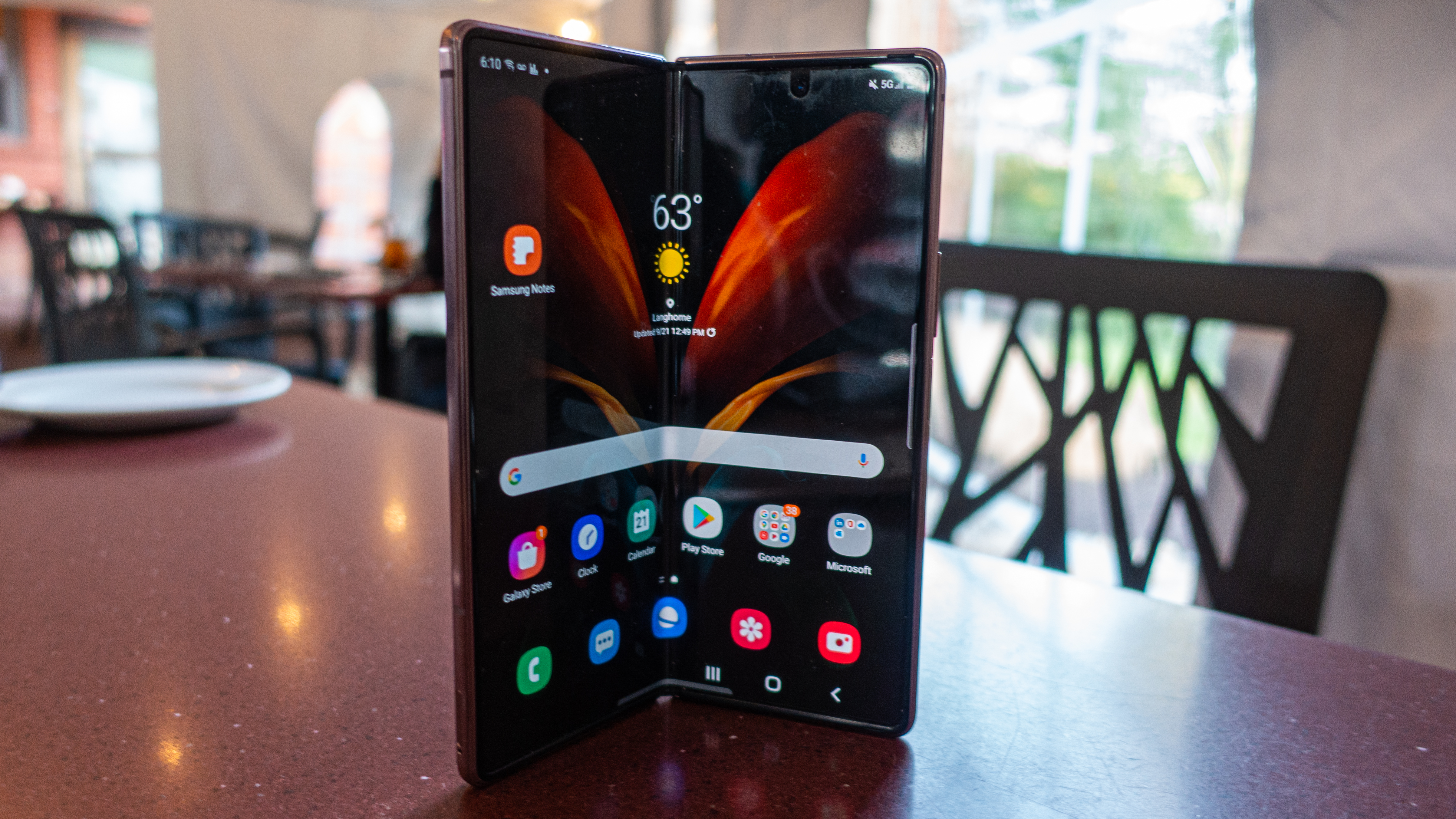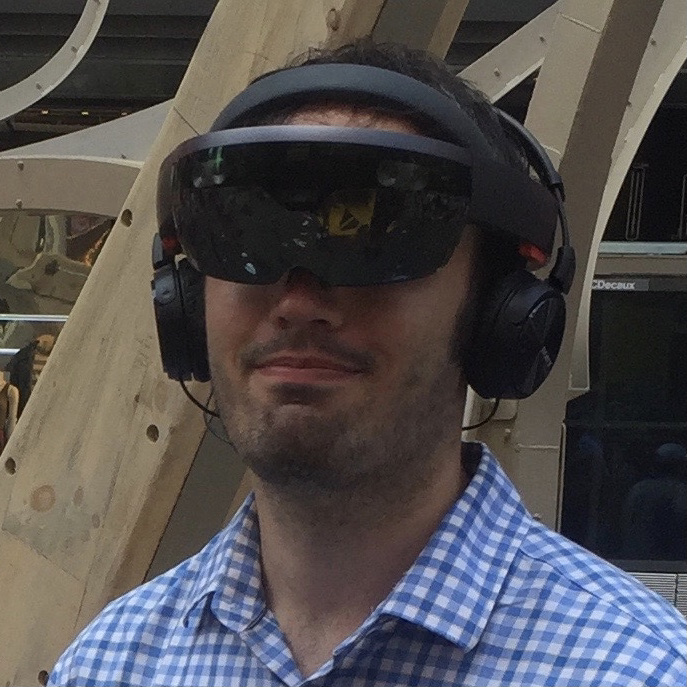Samsung abandons in-screen selfie cam for Galaxy S21, adds it to Galaxy Z Fold 3
Z Fold 3 expected in second half of 2021

The Samsung Galaxy Z Fold 2 may be brand new, but we already know one area where its successor, the Z Fold 3, will improve: its selfie camera. Reportedly, Samsung will finally ditch the punch-hole camera design and place the front camera underneath the display, making the Z Fold 3 the company's first all-screen display.
According to Korean site The Elec (found via Android Authority), Samsung originally hoped to implement this in the Samsung Galaxy S21, but due to "low production yield" had to abandon their plans.
We've known since May 2019 that Samsung had designs on an all-screen front, and an integrated cam was number 3 on our Galaxy S30 / S21 wish list for new features. Unfortunately, we'll have to live with the traditional pop-up design, which leaves the camera more exposed to possible damage and blocks off some screen space.
The Galaxy S21 is projected to launch in February 2021, while the Z Fold 3 presumably isn't due out until the latter half of 2021. As a more niche product than the flagship S21, and with more time to develop the technology, the Z Fold 3 seems like a logical candidate to test out the feature.
Along with Samsung, Xiaomi also has plans for under-display selfie cameras for its 3rd-generation phones in 2021, as does ZTE with its Axon 20 5G smartphone.
How the technology will work
Samsung smartphones already have in-screen fingerprint scanners, but implementing an in-screen camera presents more challenges.
According to The Elec, Samsung has attempted several methods to achieve this: drilling a hole in the display, drilling several tiny holes in the display, or making the display transparent in that area so it doesn't need a hole for the camera to peek through.
Get daily insight, inspiration and deals in your inbox
Sign up for breaking news, reviews, opinion, top tech deals, and more.
Whatever method they use, the holes need to enable light to pass through, but not be large enough that they impact the feel or functionality of the touch screen.
Because Samsung OLED screens have a yellow polyimide that is useful for ultra-thin or foldable displays, the cameras also need to have software color correction, so that all of your photos don't look like they have an unpleasant yellow filter applied.
Michael Hicks began his freelance writing career with TechRadar in 2016, covering emerging tech like VR and self-driving cars. Nowadays, he works as a staff editor for Android Central, but still writes occasional TR reviews, how-tos and explainers on phones, tablets, smart home devices, and other tech.
